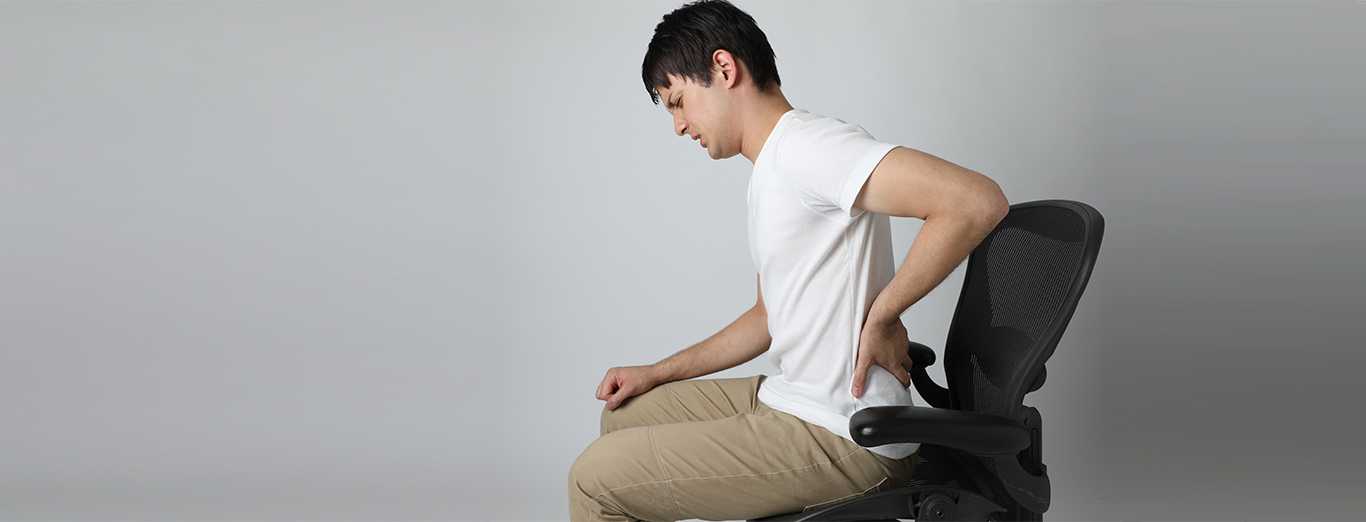
Expert Physiotherapy at Home
Certified physiotherapists visit you at home to provide focused, one-on-one care tailored to your needs. With no travel or waiting rooms, recovery happens in a setting that is comfortable, familiar, and built around your convenience.
Personalised Recovery Programmes
Every treatment plan is designed to suit your condition, goals, and pace. Our physiotherapists follow structured, evolving protocols to ensure consistent progress, with each session aligned to deliver meaningful results.
Trusted Physiotherapists. Real Results.
Our team comprises experienced, background-verified physiotherapists trusted by thousands of families. With a strong focus on safety, reliability, and clinical outcomes, we make recovery at home both effective and reassuring
Patient Testimonials
Portea Physiotherapists for Home Visits
Meet some of our experienced and dedicated healthcare professionals
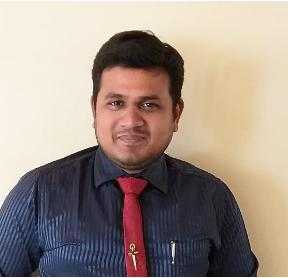
Dr. Lokesh G
Physiotherapist
Specializations
Experienced in Neurological rehabilitation, Orthopaedic physiotherapy, and Paediatric care
Delivers structured, high-impact treatment plans across neuro, ortho, and paediatrics—ensuring safety, comfort, and measurable recovery at every stage.
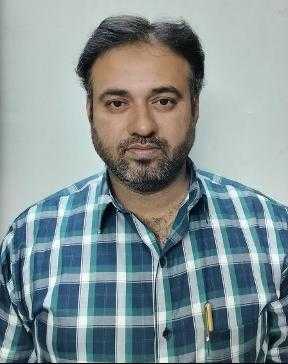
Dr. Mohammed Sarwar
Physiotherapist
Specializations
Experienced in Neurological rehabilitation, Adult physiotherapy, and Paediatric care
Combines deep clinical expertise with a compassionate approach, supporting both adults and children through neuro and physical rehabilitation that promotes long-term independence and recovery.
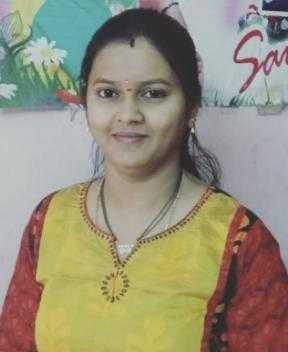
Dr. Nelapati Divya
Physiotherapist
Specializations
Skilled in Orthopaedic rehabilitation, Manual therapy techniques, and Paediatric physiotherapy
Brings a personalised, hands-on approach to healing—combining structural expertise with paediatric sensitivity to restore movement, relieve pain, and improve everyday function.

Dr. Naveen V
Physiotherapist
Specializations
Trained in Pain management, Cardiac and Orthopaedic rehabilitation, Neurological care, and Neural tissue mobilisation
Brings clinical precision and empathy together—designing science-backed recovery protocols for pain relief, nerve mobilisation, and cardio-neuro-ortho rehabilitation across all age groups

Dr. Miloni Savla
Physiotherapist
Specializations
Holds an MPT in Orthopaedics with a focus on Musculoskeletal rehabilitation and strength recovery
Delivers focused, movement-oriented therapy grounded in orthopaedic science—helping patients rebuild strength, restore function, and return to daily life with confidence
Other Cities
Physiotherapy Treatments
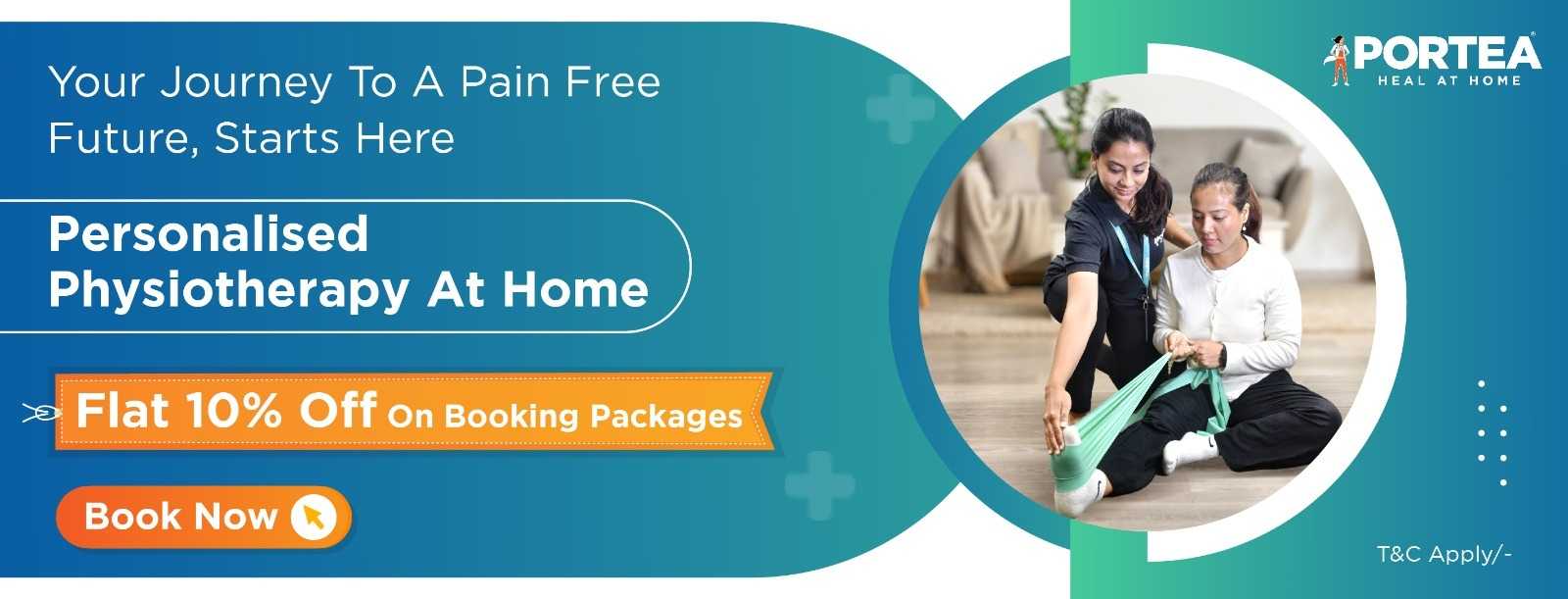
what is spinal stenosis?
Stenosis is the medical term for an abnormal narrowing or constriction of a body channel in a tubular organ. When it occurs in the bone canals through which spinal nerves run in the backbone, the condition is called spinal stenosis.
The narrowing puts pressure on the nerves, which leads to stenosis symptoms such as weakness in the limbs, tingling, pain and numbness. The symptoms worsen as the person ages.
Some people are born with a congenital form of the condition, but most people develop spinal stenosis as their bodies degenerate naturally as they age. A few do not experience any symptom at all.
While the narrowing of the spine canals might occur at different parts of the spine, the symptoms experienced by the compression of nerves are similar among patients. Hence specialists will have to conduct tests to figure out the location of the stenosis and its cause.
There are different types of stenosis based on where they occur, and the two most common are lumbar and cervical spinal stenosis. Lumbar stenosis occurs at the lower back, and cervical stenosis occurs at the neck.
Some of the several spinal stenosis causes include ageing, injuries to the spine, spinal birth defects, narrow spinal cord, arthritis, inflammation etc. The spinal stenosis treatment includes medications, spinal stenosis physical therapy, decompression procedures and surgery.
types of spinal stenosis
Although there are several different types of stenosis of the spine, the two most common are cervical spinal stenosis and lumbar spinal stenosis. Based on the cause, it is possible to have more than one type at a time.
Cervical spinal stenosis occurs when the spinal canal in the neck narrow down due to degenerative processes or trauma. When the space within the canal becomes too narrow, the resulting spinal cord compression gives rise to stenosis symptoms such as pain, weakness, numbness, lack of coordination etc. Here, the combination of the narrowing of the spine coupled with neurologic deficits is termed cervical stenosis with myelopathy.
Lumbar spinal stenosis occurs with the narrowing of the spine in the lower back. The resulting compression of the nerves gives rise to symptoms of sciatica which can be given stenosis treatment for relief.
what are some of the spinal stenosis causes?
Although age is one of the leading factors for spinal stenosis, there are other factors that lead to it. Some people are born with a spinal column that has a smaller spinal canal and in some; other conditions lead to the narrowing of the canal. Here are some of the causes:
- Damage from wear and tear and osteoarthritis can lead to the formation of bone spurs on the spinal bones. These can grow into the spinal canal and cause compression. Also, a bone disease called the Paget’s disease that affects adults can prompt overgrowth of bone in the spine and cause stenosis.
- Spinal discs that cushion the vertebrae can sometimes crack and allow some of the inner material to escape and compress the spinal cord or nerves.
- Ligaments that hold the bones of the vertebral column can thicken over time and become stiff. These ligaments then bulge into the spinal canal.
- Tumours of tissues surrounding the spinal cords can take up space and compress the nerves. They are however uncommon and can be picked up in a CT or MRI scan.
- Injuries to the spine that cause dislocation or fractures.
diagnosis of spinal stenosis
Diagnosis can be done through imaging tests such as:
- X-rays: They reveal any changes to the bones such as bone spurs.
- MRI scans: MRI scans can show cross-sectional images of the spine and any damage to the ligaments, discs and the presence of tumours.
- CT myelogram: These scans that are similar to an MRI scan but employs x-rays to examines the region using a contrast dye injected into the spine. It can show detailed cross-sectional images of the spine and the surrounding tissues.
spinal stenosis treatment
Stenosis treatment depends on the location and the severity of the symptoms. If the symptoms are low or nonexistent, the spinal stenosis treatment would involve some basic home remedies for spinal stenosis. Spinal stenosis physical therapy involving spinal stenosis exercises are used along with medication for relief in mild cases. If that doesn’t help or the stenosis treatment is ineffective, surgical intervention might be needed.
Medication:
The doctor may prescribe pain relievers that give temporary relief from the discomfort of the condition. Antidepressants and anti-seizure drugs also help with easing chronic pain caused by damaged nerves. Opioids are also used in some cases, but cautiously, as they have side effects related to addiction.
Physical therapy:
People with spinal stenosis typically become inactive to avoid stress. This leads to further muscle weakening and pressure on the spine which can worsen the condition. Therapists then suggest spinal stenosis exercises that improve strength, stability and flexibility while minimising stress on the spine.
Steroid Injections:
These are corticosteroids injected into the space around the spinal joints which are impinged and swollen. Although it doesn’t fix the stenosis, it provides temporary relief from the inflammation and pain.
Decompression procedure:
This is a simple procedure where needle-like instruments are employed to remove a tiny portion of the thickened ligament in the spinal column to free some spinal canal space. This relieves the nerve root impingement and is only used with patients who have a thickened ligament and lumbar spinal stenosis.
Surgery:
Surgery is considered as a last option when all other treatments are ineffective, or the spinal stenosis has left the person disabled. Surgery is the most definitive way to resolve the problems associated with spinal stenosis by decompressing the region of stenosis.
when do you need us?
Part of spinal stenosis treatment is spinal stenosis physical therapy. It involves performing gentle exercises that are doable and does not exacerbate the symptoms of stenosis while being enjoyable.
Spinal stenosis exercises are just as important as the rest of the treatment for recovery. Exercises speed up the recovery process by increasing blood flow and maintaining good movement and muscle strength around the spine. This is where we can help with our in-home doctor and physiotherapy service.
Our doctors assess and diagnose your condition from the comfort of your home and suggest the best course of action. If the spinal stenosis treatment does not require any major intervention such as surgery, they would recommend home remedies for spinal stenosis.
how can we help?
Our physiotherapists can assist you with your physical therapy for stenosis as part of your home remedies for spinal stenosis or your spinal stenosis physical therapy post-surgery. They can assess and develop a treatment plan that is tailored to your specific need.
Being experts in kinesiology, they can come up with the optimal spinal stenosis exercises that you need in your routine. The right exercises can help with strengthening the muscles surrounding the spine and help relieve the pressure off the bones.
Exercises done incorrectly can worsen the problem and lead to further complications and here is where our physiotherapists play an invaluable role in guiding you.
summary
Spinal stenosis can be treated, and many people with the condition go on to live active functional lives. However they may have to make certain lifestyle modifications to cope with the residual pain or the after-effects of a surgery.
Meet Our Physiotherapists for
Stenosis
Dr. Ranjith Kumar.A – MPT – 15 years experiences
Dr. Anayat Ullah Sheikh – BPT – 8 years experiences
Dr. Ganta Aravind – BPT – 7 years experiences
Dr. Nidhi Bhalla- MPT- 6 Years Experiences
References
Doctor Consultation
Nursing
Physiotherapy
Trained Attendant
Elder Care
Mother & Baby Care
Lab Tests
Medical Equipment
Speciality Pharma
Critical Care




